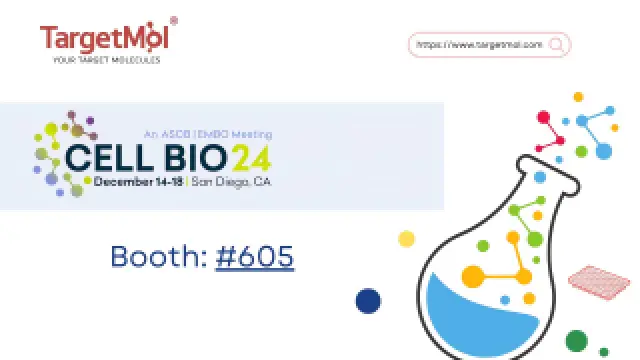- Remove All
 Your shopping cart is currently empty
Your shopping cart is currently empty
NEWS | 9 August 2024
WIKIMOLE—Gemcitabine
By TargetMol

Gemcitabine is a common pyrimidine nucleoside analog antimetabolite and antitumor agent. It targets and inhibits DNA synthesis, leading to autophagy and apoptosis.
The chemical formula of gemcitabine is C9H11F2N3O4. Its core structure includes fluorine groups (specifically difluoro modifications) and an amino group. These two functional groups determine gemcitabine's pharmacological activity and stability. The design and development of prodrugs based on the amino group is also a current hot research topic.
Mechanism of Action
I. Similar to cytarabine, gemcitabine is activated intracellularly, and its main metabolites can incorporate into DNA, particularly during the G1/S phase, a critical stage of the cell cycle. This prevents tumor cells from completing their normal lifecycle, inducing autophagy and effectively blocking tumor cell proliferation.
II. Gemcitabine also has a unique self-potentiating effect. It can inhibit deoxycytidine deaminase, reducing the degradation of intracellular metabolites, thereby enhancing its antitumor effects. Additionally, gemcitabine can inhibit ribonucleotide reductase, leading to a decrease in intracellular deoxynucleotide triphosphates, further weakening the survival capacity of tumor cells.
III. Gemcitabine's antitumor effects can be enhanced through combination therapy. For instance, gemcitabine can be used in combination with the dietary supplement indole-3-carbinol (I3C) to significantly upregulate hENT1 expression, enhancing its efficacy in pancreatic cell lines.
Application
l Research in Pancreatic Cancer Treatment
Studies have shown that DMAPT (dimethylaminoparthenolide) treatment (73%), gemcitabine treatment (43%), and their combined treatment (60%) can significantly reduce tumor incidence. The combination of DMAPT and gemcitabine is more effective than either drug alone, significantly improving median survival, reducing pancreatic tumor size, and lowering the incidence of liver metastasis.
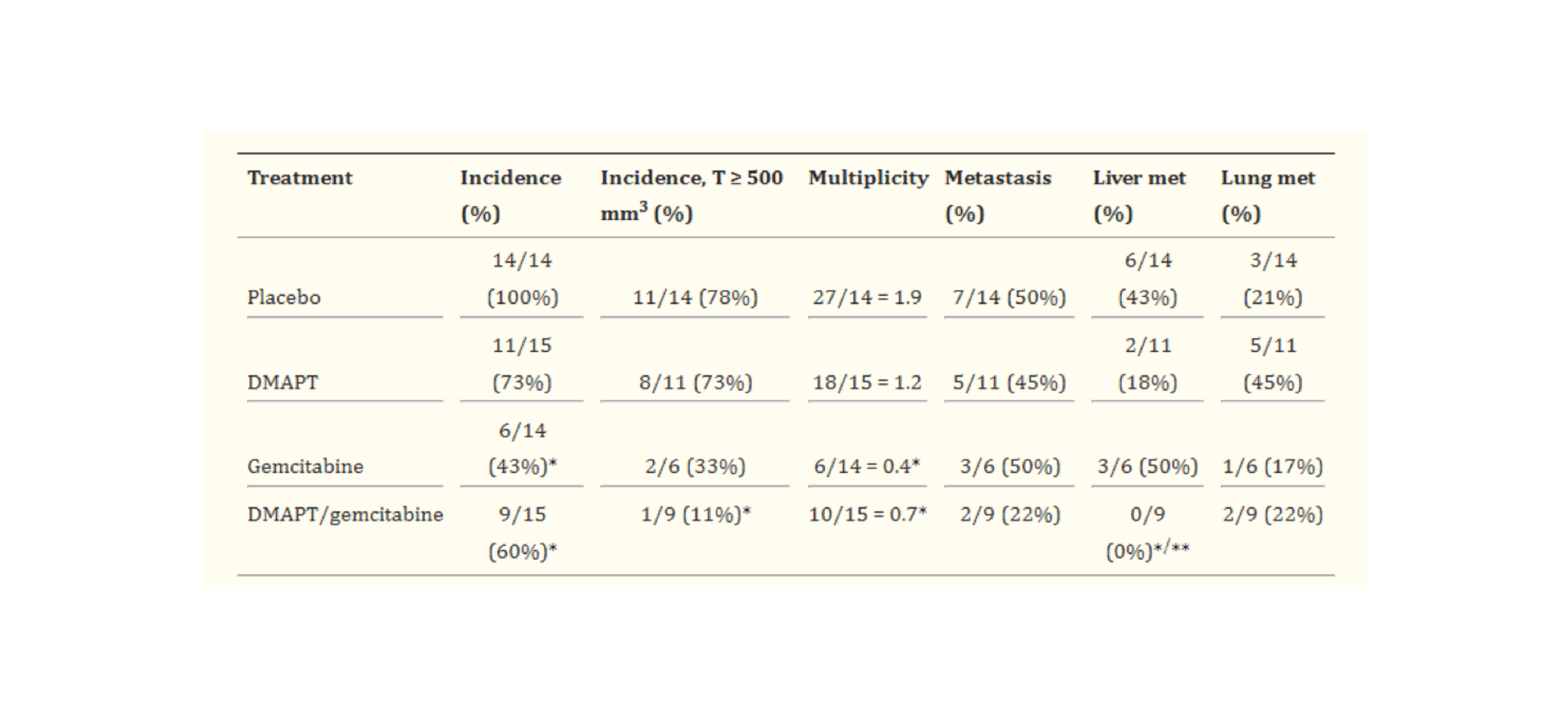
Fig 1: The impact of different treatment modalities on the incidence, diversity, and metastasis of pancreatic tumors.
l Targeted Prodrug Design and Development
Due to the widespread use of the 4-amino functional group in prodrug development, and based on the structural specificity and good pharmacological activity of gemcitabine (effectively killing murine and human senescent cells with low systemic toxicity), a senescence-specific killing compound 1 (SSK1) was developed. The β-galactosidase-targeted prodrug SSK1 can eliminate senescent cells, reduce inflammation, and restore physical function in aged mice.
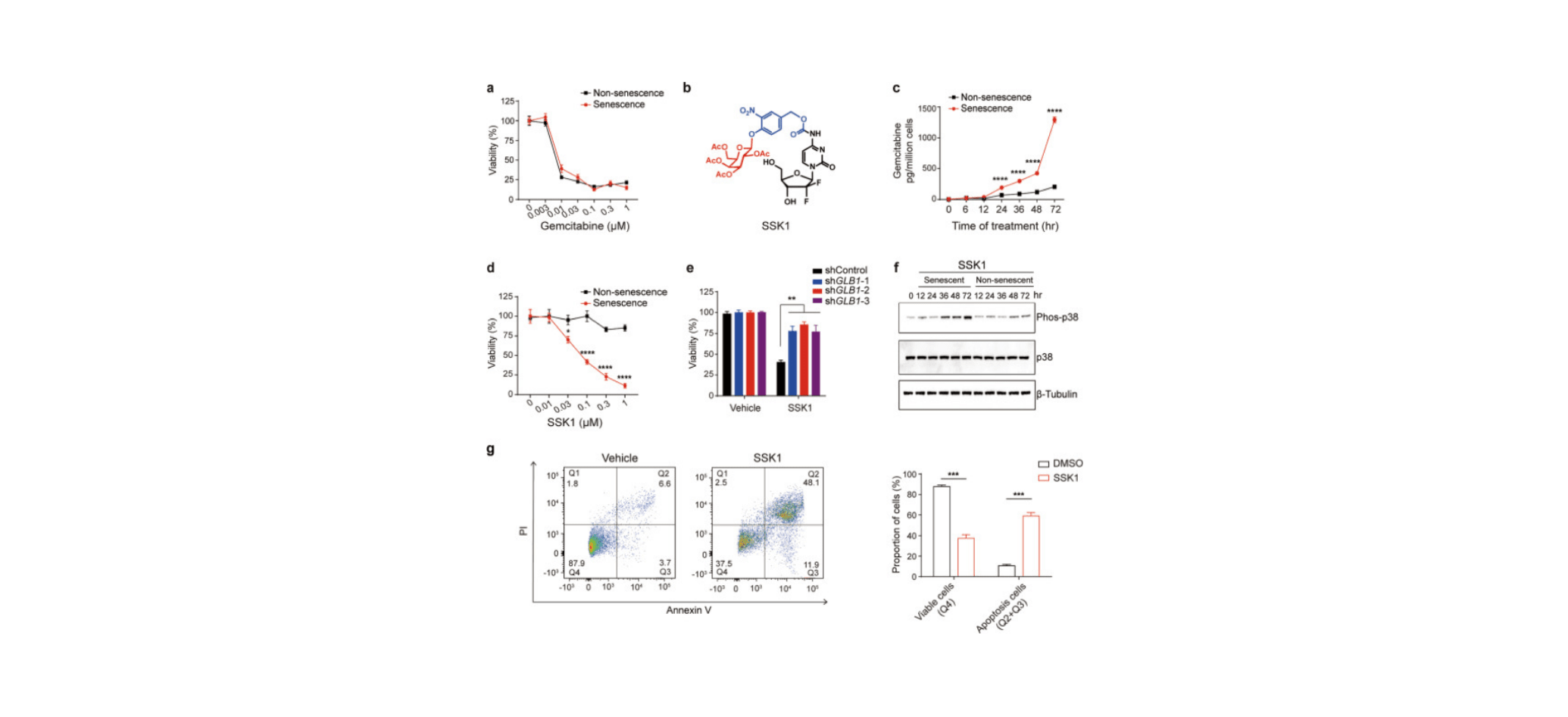
Fig 2: Design of SSK1 and validation of its ability to selectively kill senescent cells.
l Research in Resistance Mechanism
The combination of gemcitabine with other drugs such as oxaliplatin, irinotecan, miR-345, nab-paclitaxel, RT11-i antibody, metformin, ginkgolide B, and melatonin has been shown to enhance gemcitabine's efficacy in pancreatic cancer treatment. Gemcitabine has been widely used both as a first-line chemotherapy drug and as part of second-line chemotherapy regimens. However, the chemotherapy effectiveness of gemcitabine is reduced due to its resistance, short half-life, and severe side effects. This has spurred research into gemcitabine derivatives, drug delivery systems, and its related resistance mechanisms. As shown in the figure, the nanotechnology-based RGDV-gemcitabine overcomes gemcitabine resistance and hepatorenal toxicity, possessing nano-characteristics and good in vivo and in vitro antitumor activity.
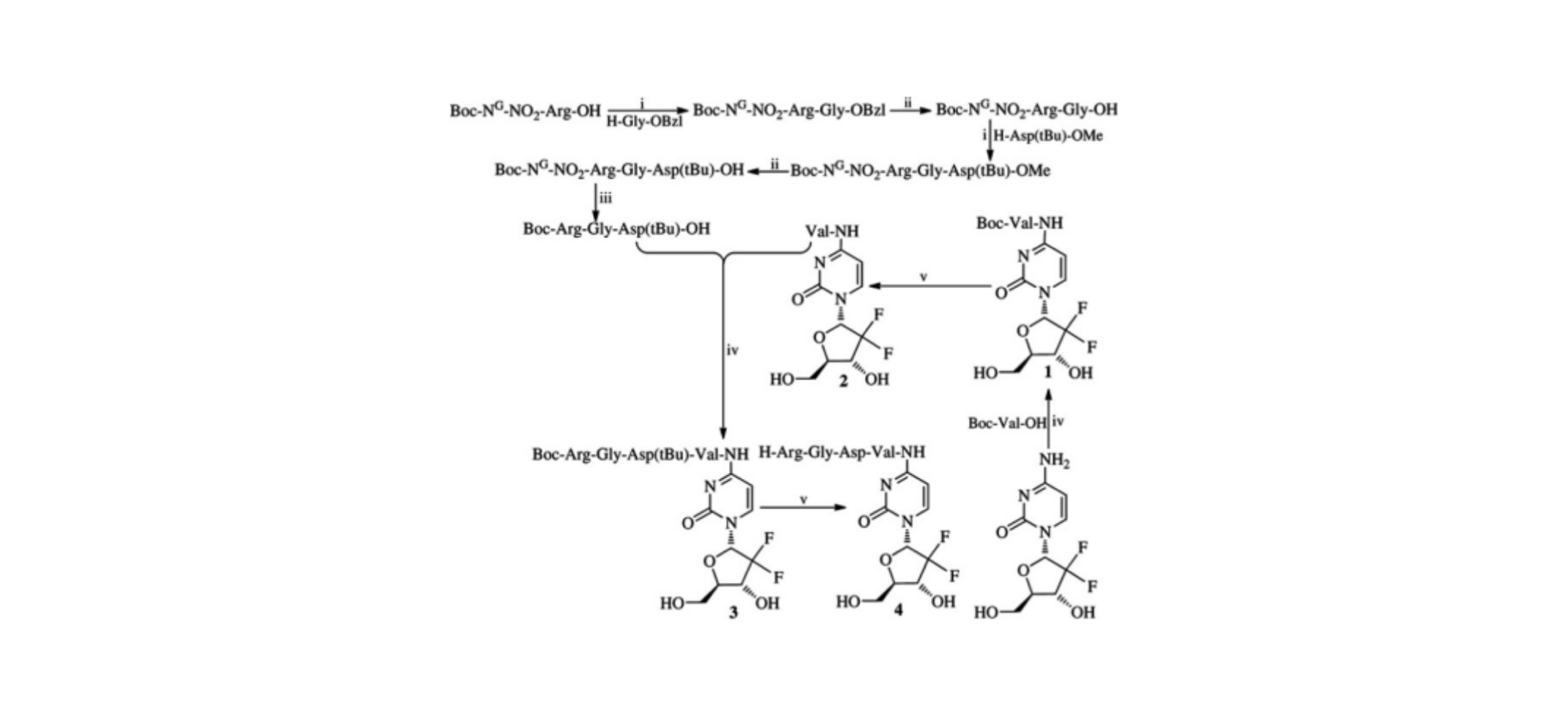
Fig3: Synthetic route of RGDV-gemcitabine
l Antiviral Research
As a nucleoside analog, gemcitabine exhibits antiviral activity. It has been verified to inhibit various viruses, including SARS-coronavirus, Zika virus, hepatitis C virus, and poliovirus.
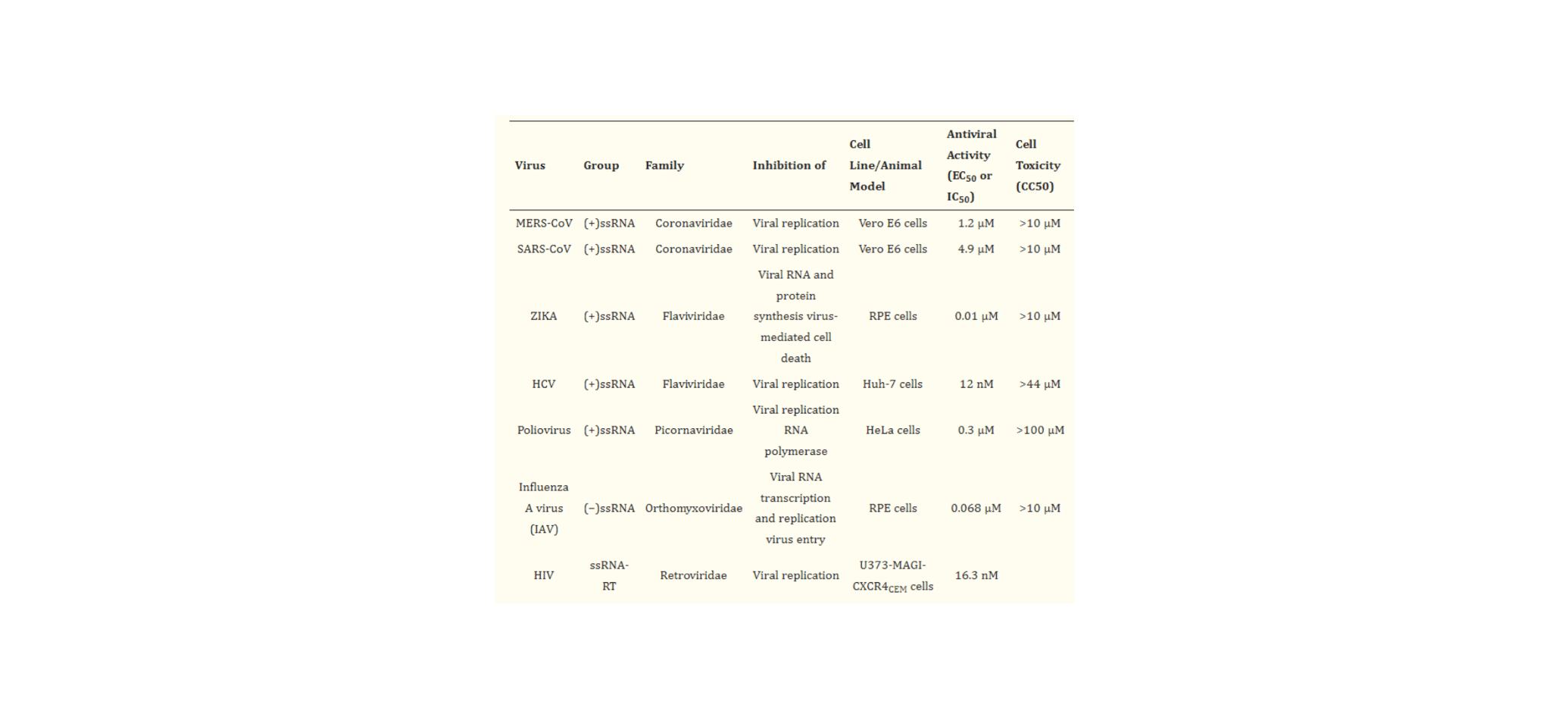
Fig4: The broad-spectrum antiviral activity of gemcitabine
References
[1]Wang H,et, al. Enhanced efficacy of gemcitabine by indole-3-carbinol in pancreatic cell lines: the role of human equilibrative nucleoside transporter 1. Anticancer Res. 2011 Oct;31(10):3171-80.
[2]Mini E, et, al. Cellular pharmacology of gemcitabine. Ann Oncol. 2006 May;17 Suppl 5:v7-12.
[3]Yip-Schneider MT,et, al. Dimethylaminoparthenolide and gemcitabine: a survival study using a genetically engineered mouse model of pancreatic cancer. BMC Cancer. 2013 Apr 17;13:194.
[4]Cai Y,et, al. Elimination of senescent cells by β-galactosidase-targeted prodrug attenuates inflammation and restores physical function in aged mice. Cell Res. 2020 Jul;30(7):574-589.
[5]Liu W, et, al. RGDV-modified gemcitabine: a nano-medicine capable of prolonging half-life, overcoming resistance and eliminating bone marrow toxicity of gemcitabine. Int J Nanomedicine. 2019 Sep 6;14:7263-7279.
[6]Shin HJ, et, al. Gemcitabine and Nucleos(t)ide Synthesis Inhibitors Are Broad-Spectrum Antiviral Drugs that Activate Innate Immunity. Viruses. 2018 Apr 20;10(4):211.
Other Articles


Subscription to TargetMol News
An essential round-up of science news, opinion and analysis, delivered to your inbox every weekday.

Copyright © 2015-2024 TargetMol Chemicals Inc. All Rights Reserved.










